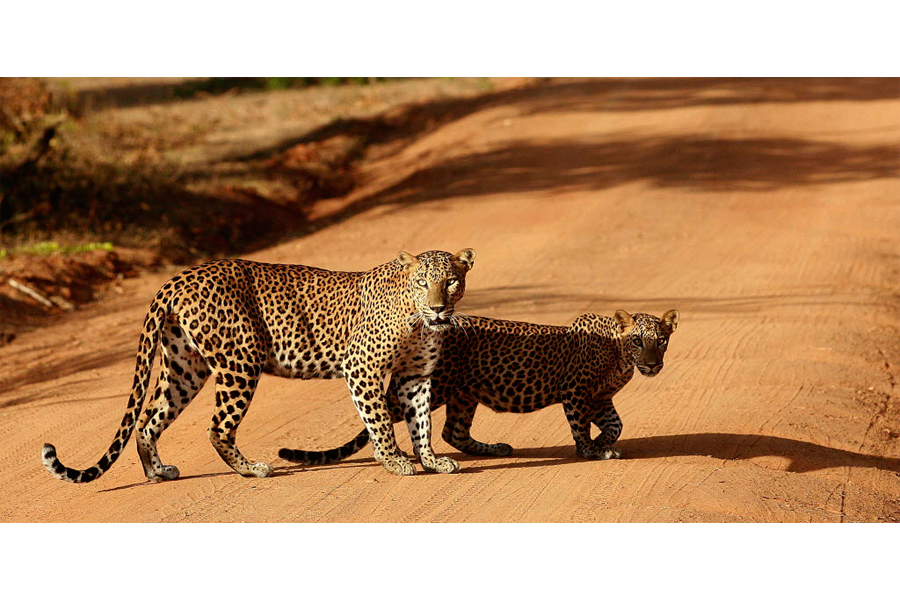Could leopard be more endangered than previously thought?
Loading...
Leopards occupy less than one-third of their historic range and need increased international protections, according to a study published in PeerJ on Wednesday.
The study's authors are calling for the the International Union for Conservation of Nature to raise the leopard's threat status from "near threatened" to "vulnerable" on the widely respected Red List.
Upgrading the leopard's status could spur conservation efforts to save the big cat, as has happened for other charismatic species who have seen their populations rebound because of their Red List classifications.
"Our next steps in this very moment will determine the leopard's fate," Andrew Jacobson, the study's lead author, told National Geographic. "The international conservation community must double down in support of initiatives protecting the species."
The organization is expected to reclassify the animal this year, reported National Geographic.
The study challenged the widely held perception that leopards are the most adaptable and hardiest of the big cats.
As the most comprehensive global study of the leopard population to date, it argues the animal's broad geographic range, adaptability, and elusiveness have fed the misconception the animal is not as threatened as other keystone carnivores, such as the African lion and Siberian tiger.
Despite their perceived resourcefulness, leopards occupy between 25 and 37 percent of their historic range, which spans across Eurasia and Africa, the researchers found. Its range has diminished from a historic high of 35 million square kilometers (an area twice the size of Russia) to 8.5 million square kilometers (an area the size of Brazil).
Although the leopard population is strong in some parts of southern and eastern Africa, the animal has all but disappeared in China, the Arabian peninsula and North Africa. Three subspecies – the Arabian leopard, the North Chinese leopard, and the Amur leopard – occupy just 2 percent of their historic ranges.
Human activities have driven to the leopard's decline, say the researchers. They list habitat destruction, illegal trade in leopard skin and parts, hunting smaller animals leopards prey on, revenge killings by farmers who have lost livestock, and trophy hunting in the few countries it is legal.
Previous research by the IUCN has highlighted another threat to leopards: locals poisoning carcasses to target carnivores.
The authors of the new report say that reclassifying leopards' threat status could help restore its population, as evidenced by another, less predatory animal: the Arabian Onyx.
The onyx, a native of the Arabian peninsula, was on the brink of extinction before its classification on the Red List publicized major threats to it, which, when alleviated, allowed it to be reintroduced into the wild.
"It is a classic example of how data from the IUCN Red List can feed into on-the-ground conservation action," said Razan Khalifa Al Mubarak, director general of the Environment Agency-Abu Dhabi, in 2011.
Other researchers have found that leopards can survive in human-dominated landscapes that have some remaining cover and prey and under favorable governmental policy and a degree of public tolerance.







